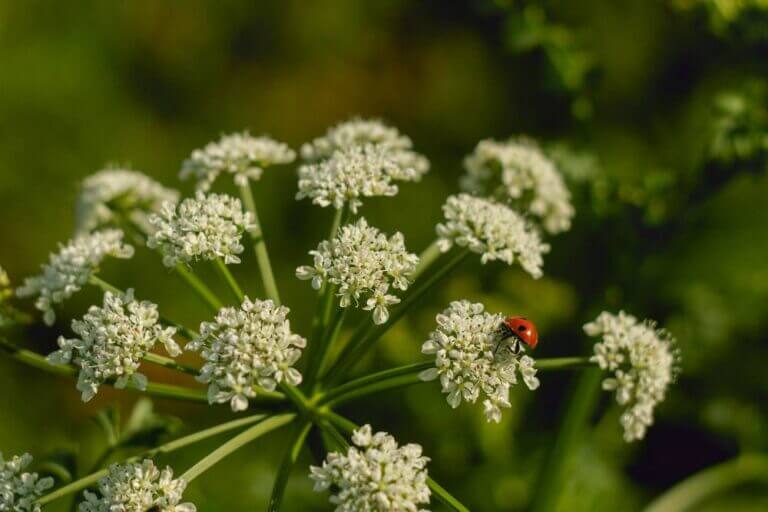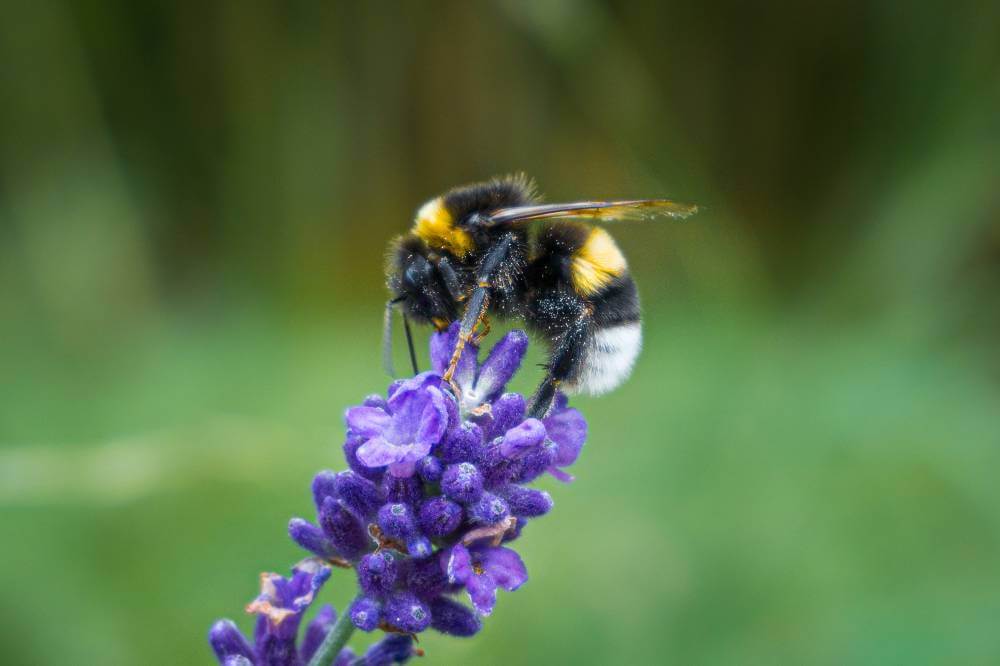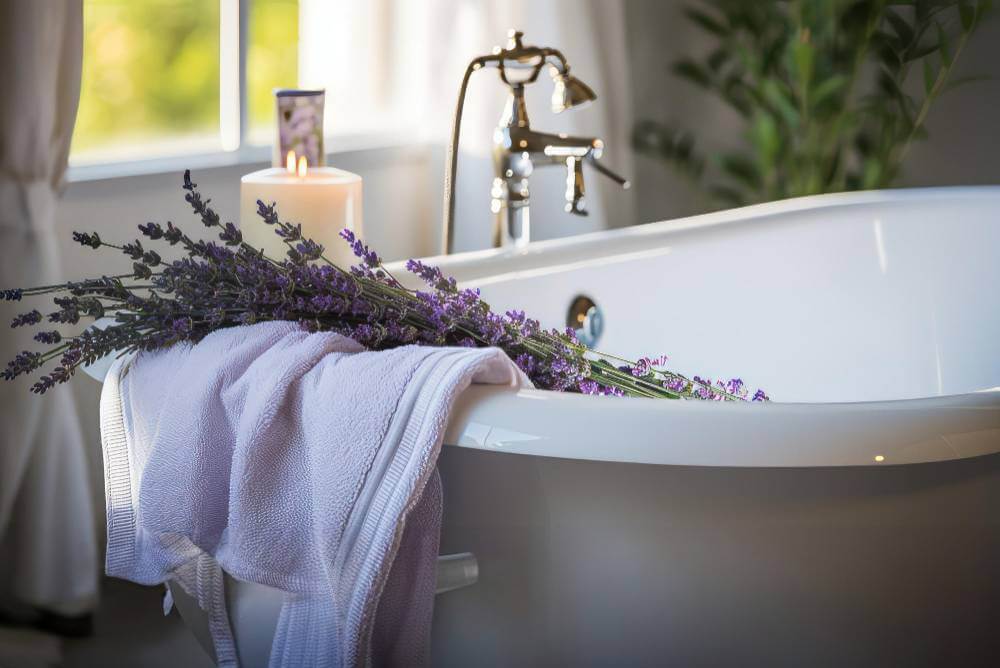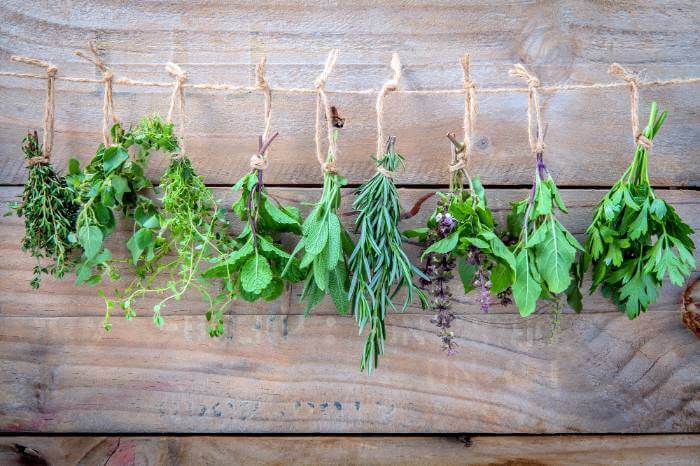Welcome, dear friends! Today, we embark on a flavorful journey into the world of growing anise – a herbaceous delight that not only adds a hint of sweet licorice to your dishes but also brings aromatic charm to your garden. Join me as we explore everything you need to know about cultivating anise, from its culinary and medicinal benefits to essential planting tips and care techniques. Whether you’re new to gardening or looking to expand your herb repertoire, growing anise promises to enrich your garden and kitchen with its unique flavors and herbal allure!
Anise: A Flavorful Delight in Your Garden
Anise (Pimpinella anisum) is more than just a herb – it’s a culinary treasure that enhances both sweet and savory dishes with its distinctive licorice-like flavor. In the kitchen, anise seeds are a versatile ingredient, used in baking to flavor breads, cookies, and cakes. Its aromatic qualities also complement savory dishes like soups, stews, and sauces, imparting a warm, slightly sweet undertone.
Beyond its culinary uses, anise is valued for its medicinal properties, aiding digestion, soothing coughs, and promoting overall respiratory health when brewed into teas or infusions. This dual role as a culinary and medicinal herb makes anise a must-have in any herb garden.
Varieties of Anise to Explore
Discover the diverse array of anise varieties, each offering unique characteristics to suit different growing conditions and culinary preferences. Common Anise (Pimpinella anisum) is the traditional choice, prized for its strong licorice flavor and robust growth habits. Spanish Anise (Agastache foeniculum) offers a milder taste with hints of mint and citrus, making it ideal for herbal teas and flavoring beverages. Whether you prefer the classic intensity of common anise or the nuanced flavors of Spanish anise, both varieties thrive with proper care and attention in your garden.
Annual or Perennial: Deciphering Anise’s Growth Cycle
Anise is typically grown as an annual herb in most climates, completing its life cycle within a single growing season. In regions with mild winters, anise may behave as a short-lived perennial, reseeding itself for continuous growth in subsequent years. Understanding its lifecycle helps gardeners plan for successful cultivation and ongoing harvests of fresh anise leaves and seeds.
Best Planting Season for Anise
Timing is key when planting anise to ensure optimal growth and yield. Sow anise seeds directly into well-prepared garden beds or containers in early spring, once the threat of frost has passed. Choose a sunny location with fertile, loamy soil that drains well to prevent waterlogging. Anise benefits from consistent moisture during germination and early growth stages but becomes drought-tolerant once established. With proper planting in spring, gardeners can enjoy robust anise plants throughout the growing season and into fall.
Sunlight Preferences for Anise
Anise thrives in full sun, requiring at least 6-8 hours of direct sunlight daily to reach its full potential. Adequate sunlight not only promotes healthy growth but also enhances the concentration of essential oils in the leaves and seeds, intensifying its aromatic and flavorful qualities. In hot climates, provide partial shade during the hottest part of the day to prevent stress and maintain leaf quality. By optimizing sunlight exposure, gardeners ensure vigorous growth and abundant harvests of anise for culinary and medicinal uses.
Winter Care: Ensuring Anise’s Health Through the Cold Months
As temperatures drop in late fall, prepare anise plants for winter dormancy and protection. In colder climates, mulch around the base of anise plants to insulate roots and retain soil warmth. Consider covering plants with cloches or row covers to shield them from frost and freezing temperatures. Prune back any damaged or dead foliage to encourage healthy regrowth in spring. By providing winter care, gardeners safeguard their anise plants and ensure they return with vigor for the next growing season.
Growing Anise: Seeds vs. Seedlings
Deciding between starting anise from seeds or seedlings depends on your gardening goals and timeframe. Sowing anise seeds directly into garden soil or containers allows you to witness the complete growth cycle, from germination to maturity. Start seeds indoors 6-8 weeks before the last frost date for an early start on the growing season. Alternatively, transplanting seedlings offers a quicker path to mature plants ready for harvest. Choose the method that best suits your gardening style and timeline for cultivating thriving anise plants.
Propagating Anise: Exploring Cutting-Edge Techniques
For gardeners interested in propagation, anise offers opportunities through seed saving and cuttings. Harvest anise seeds when fully mature and dry them for future planting. For cuttings, select healthy stems and trim just below a node to encourage root development. Plant cuttings in moistened soil or rooting medium and keep them in a warm, sunny location with consistent moisture. With patience and care, propagate anise to expand your herb garden and ensure a steady supply of fresh, flavorful herbs for culinary and medicinal purposes.
Grow Indoors or Outdoors: Embracing Anise in Any Space
Anise thrives both indoors and outdoors, offering flexibility for gardeners with varying space constraints. Indoors, provide ample sunlight or artificial grow lights for at least 6-8 hours daily. Use well-draining potting soil and ensure containers have drainage holes to prevent waterlogging. Outdoors, choose a sunny spot with fertile, loamy soil that drains well. Anise benefits from direct sunlight but can tolerate partial shade in hotter climates. Whether grown indoors for year-round access or outdoors to attract beneficial insects, anise adapts to different environments with proper care and attention.
Best Soil for Growing Anise: Groundwork for Success
Optimal soil conditions are crucial for robust anise growth. Choose well-draining, loamy soil enriched with organic matter such as compost or aged manure. Anise prefers slightly acidic to neutral soil. Ensure good soil drainage to prevent waterlogged conditions, which can stunt growth and lead to root rot. Container-grown anise thrives in a blend of potting soil, perlite, and compost, providing adequate aeration and nutrient availability.
Potting Up: Cultivating Anise in Containers
Growing anise in pots offers control over soil conditions and placement, making it ideal for urban gardens or small spaces. Choose a deep container with drainage holes and fill it with a well-draining potting mix. Sow anise seeds directly into the soil surface or transplant seedlings, leaving ample space between plants for growth. Place containers in a sunny location and water thoroughly when the top inch of soil feels dry. Container-grown anise may require more frequent watering to maintain consistent moisture levels. Regular pruning promotes compact growth and enhances leaf production, ensuring a steady supply of fresh anise for culinary and medicinal uses.
Hydroponic Cultivation: Nurturing Anise in Water-Based Systems
For innovative gardeners, hydroponic anise cultivation offers a soil-free alternative that maximizes space and water efficiency. Set up a hydroponic system with nutrient-rich water and an inert growing medium like perlite or vermiculite. Provide adequate light of 12-16 hours daily – to support photosynthesis and plant growth. Monitor pH and nutrient levels regularly to ensure optimal uptake and avoid nutrient deficiencies. Hydroponic anise requires proper aeration and regular maintenance to thrive, offering a sustainable method for growing fresh herbs indoors or in controlled environments year-round.
Watering Instructions: Quenching Anise’s Thirst
Maintaining proper moisture levels is crucial for healthy anise growth. Water deeply and evenly, allowing the top inch of soil to dry between waterings. Avoid overwatering, which can lead to root rot, and ensure containers have drainage holes to prevent waterlogging. In hot weather, increase the watering frequency to prevent soil from drying out completely. Anise grown in hydroponic systems requires consistent monitoring of water quality and nutrient levels to optimize plant health and productivity. By mastering watering techniques, you can promote vigorous anise growth and flavorful leaf production throughout the growing season.
Companion Planting: Anise’s Garden Allies
Anise makes a beneficial companion plant in the garden, attracting pollinators such as bees and butterflies with its fragrant flowers. Plant anise near herbs like coriander and dill to enhance their growth and flavor. Also, you can pair anise with companion plants like basil and parsley, which complement its growth habits and cultural preferences. Pairing anise with vegetables such as carrots and cabbages improves soil health and deters pests like aphids and caterpillars. Strategic companion planting maximizes garden space and biodiversity, creating a harmonious environment that supports healthy anise plants and thriving garden ecosystems.
Planting Foes: Selecting Anise’s Garden Bedfellows Wisely
While anise thrives alongside certain plants, it’s important to avoid planting near incompatible species that may hinder growth or alter flavor profiles. Keep anise away from brassicas like broccoli and cauliflower, which can stunt growth or compete for nutrients. Avoid planting anise near fennel, as they may compete for resources or cross-pollinate, affecting flavor and growth. Consider the size, growth rate, and nutrient needs of neighboring plants to create a balanced garden ecosystem that supports anise’s health and productivity.
The Buzz on Pollinators: Anise’s Attraction to Beneficial Insects
Anise’s fragrant flowers attract pollinators such as bees, butterflies, and hoverflies, enhancing garden biodiversity and promoting fruit set in nearby plants. Plant anise near fruit trees or vegetables like squash and cucumbers to boost pollination and increase yield. Avoid using chemical pesticides that harm beneficial insects, as they play a crucial role in pollination and ecosystem health. By cultivating anise, you can create a pollinator-friendly habitat that supports local wildlife and ensures a productive garden environment year after year.
Pruning Instructions: Shaping Anise for Optimal Growth
Pruning anise promotes bushy growth and enhances leaf production, ensuring a steady supply of fresh foliage for culinary and medicinal uses. Remove spent flowers and leggy stems regularly to encourage new growth and maintain plant vigor. Use clean, sharp scissors to make precise cuts just above leaf nodes, where new growth emerges. Prune anise in early spring to remove winter damage and shape plants for robust summer growth. Avoid excessive pruning, as it may stress the plant and reduce overall productivity.
Pest Treatment: Safeguarding Anise from Unwanted Visitors
While relatively pest-resistant, anise may encounter aphids, spider mites, or powdery mildew under certain conditions. Monitor plants regularly for signs of pests, such as distorted leaves or sticky residue. Use a strong stream of water to remove aphids from foliage or treat infestations with insecticidal soap. Spider mites can be controlled with neem oil spray, while powdery mildew benefits from improved air circulation and fungicidal treatments. Avoid using chemical pesticides that harm beneficial insects and compromise anise’s natural flavors and health benefits. By implementing integrated pest management strategies, you can protect Anise plants and ensure a thriving garden environment.
Wrap-Up
In this flavorful journey through growing anise, I’ve explored its culinary versatility, medicinal benefits, and gardening nuances. By implementing these insights into your gardening practices, you’ll cultivate healthy, vibrant anise plants that enhance both your garden’s beauty and your culinary endeavors.
Join me in exploring more herbal wonders on my blog, where every post blooms with inspiration and practical gardening tips.







